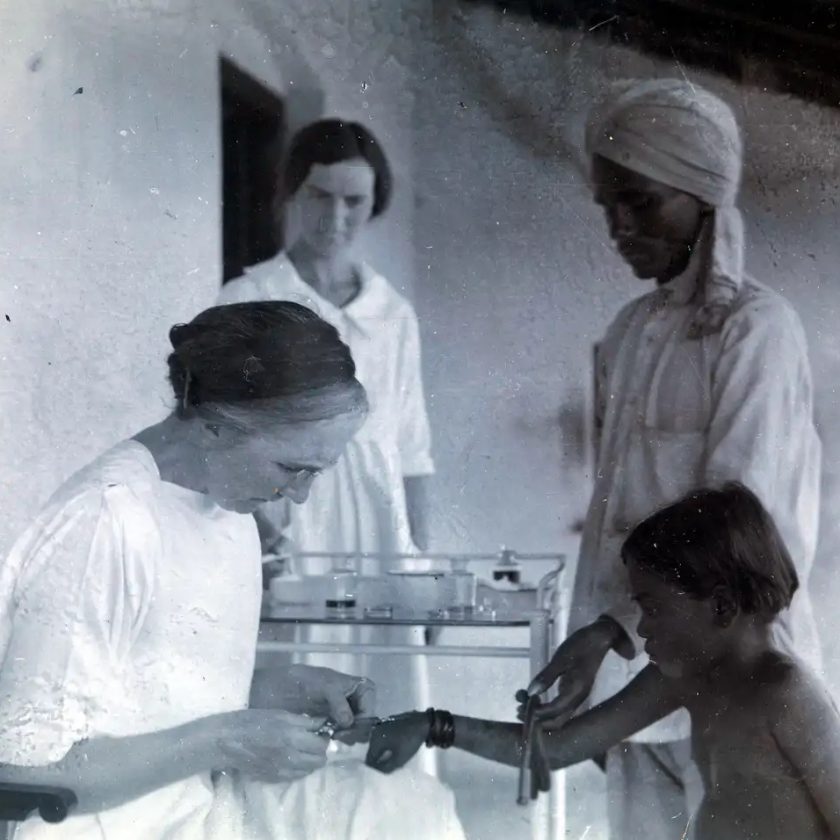A fundamental rule of wound care is to treat the “whole” patient, not just the “hole” in the patient. To do this, we need to focus on a holistic
approach to healing, which means evaluating everything that’s going on with the patient—from nutrition, underlying diseases, and medications to activity level, social interactions, and even sleep patterns.
We know that as specialists, we’re expected to do all of these things. But in the real world, we can’t be specialists in all areas. That’s where the team concept comes in. In fact, the team approach is imperative for helping us heal our patients’ wounds and achieve our overall goal of improving patient outcomes.
Many studies show greater efficiency and improved clinical outcomes in facilities that have interdisciplinary wound care teams. In the traditional interdisciplinary care-team model, members of various disciplines meet together weekly or monthly to review each patient’s care plan and make adjustments as needed. Some teams conduct wound rounds together and meet with the patient at the bedside; others may go beyond individual patient reviews to working on facility or agency prevention and treatment programs. The sky’s the limit when it comes to what multidisciplinary teams can accomplish.
However, when asked, many wound care clinicians say they feel they’re not part of a team. “I am the team,” some state. “We have too many meetings and committees already” or “In my care setting, we work independently, with no access to other clinicians.” In these situations, veering from the traditional care-team model might work better.
Today, a wound care team doesn’t have to be facility based. It can stretch out across the entire continuum of care. In this electronic era, we have many new tools to help us go beyond traditional methods—email, texting, smartphones, Skype™, and FaceTime®, to name just a few. Clinicians can start a network with other clinicians or even other wound teams.
Whatever it takes, whichever tools you need, don’t try to go it alone. Read “It takes a village: Leading a wound team” to learn more about being a good team leader. And whether you’re a team leader or team member, keep this mantra in mind: T.E.A.M. = Together Everyone Achieves More.
Donna Sardina, RN, MHA, WCC, CWCMS, DWC, OMS
Editor-in-Chief
Wound Care Advisor
Cofounder, Wound Care Education Institute
Plainfield, Illinois
Selected references
Katzenbach JR, Smith DK. The Wisdom of Teams: Creating the High-performance Organization. Reprint. New York, NY: Harper Business; 2015.
Moore Z, et al. Managing wounds as a team







